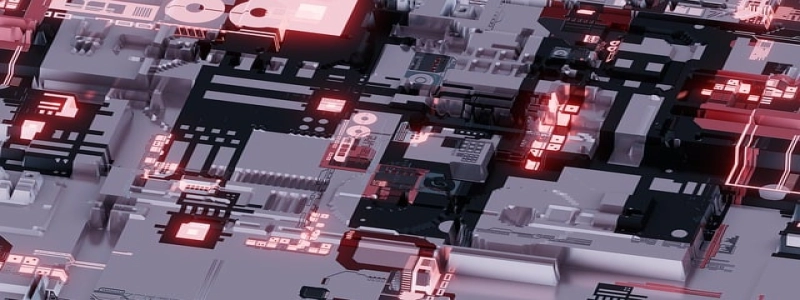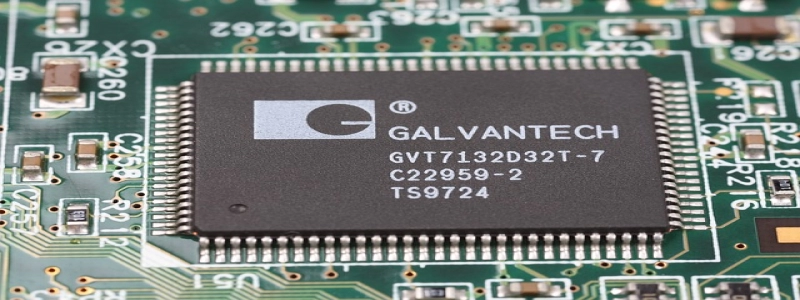Ethernet IP Tutorial
Introdução:
Ethernet IP is a popular network protocol used in industrial automation. It allows for communication between devices such as Programmable Logic Controllers (PLCs), Human Machine Interfaces (HMIs), and I/O modules. In this tutorial, we will explore the basics of Ethernet IP and its applications in industrial settings.
1. What is Ethernet IP?
Ethernet IP, or Ethernet Industrial Protocol, is a standard protocol used for communication in industrial automation. It is based on the Ethernet technology, widely used in computer networks, and adds additional features to meet the requirements of industrial applications.
2. Key Features of Ethernet IP:
– Fast communication: Ethernet IP supports high-speed data transfer, allowing for real-time control and monitoring of devices in industrial environments.
– Scalability: It allows for the connection of multiple devices on the same network, enabling the creation of complex automation systems.
– Compatibility: Ethernet IP is compatible with various network topologies, including star, ring, and bus structures.
– Flexibility: It supports both TCP/IP and UDP/IP protocols, enabling seamless integration with other industrial protocols and devices.
3. How does Ethernet IP work?
Ethernet IP uses the Client-Server model, where devices play either the role of the Client or the Server. The Client sends requests to the Server, which then responds with the requested data or performs the requested action.
4. Ethernet IP Applications:
– Machine control: Ethernet IP is commonly used for machine control in manufacturing processes. It allows for real-time monitoring and control of machines, optimizing productivity and efficiency.
– Data acquisition: Ethernet IP enables the collection of data from various sensors and devices in a plant. This data can be used for process analysis, predictive maintenance, and decision-making.
– Remote monitoring: Ethernet IP allows for remote access to devices on the network, allowing technicians and engineers to monitor and troubleshoot industrial systems from anywhere.
– System integration: Ethernet IP provides a unified platform for integrating different automation devices from various manufacturers, simplifying system design and maintenance.
Conclusão:
Ethernet IP is a powerful network protocol in industrial automation, offering fast and reliable communication between devices. Its flexibility, scalability, and compatibility make it an ideal choice for various applications in manufacturing and other industrial sectors. By implementing Ethernet IP, industries can achieve better control, increased productivity, and efficient management of their automation systems.








